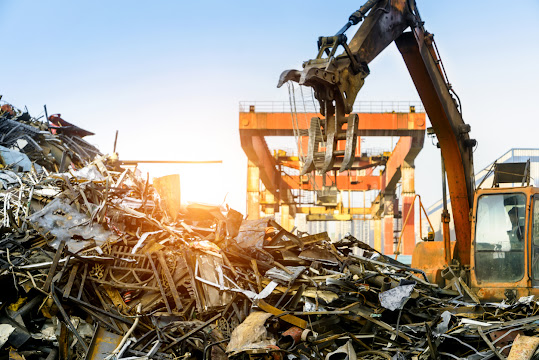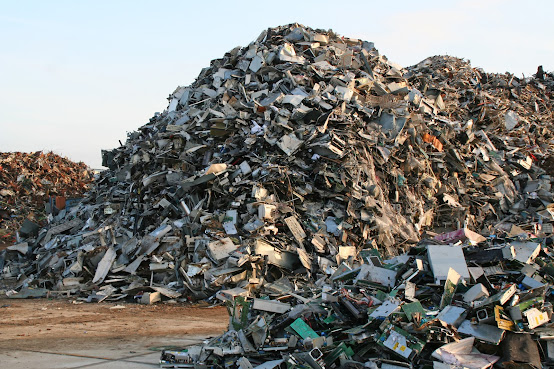All About Scrap Metal: A Comprehensive Guide
In our modern world, recycling has become increasingly important in order to promote sustainability and reduce waste. One area of recycling that often goes unnoticed is scrap metal. Scrap metal is a valuable resource that can be reused and repurposed, benefiting both the environment and the economy.
In this comprehensive guide, we will delve into the world of Scrap Metal Melbourne, exploring its various types and how to identify them. By the end of this guide, you will have a thorough understanding of the importance of scrap metal recycling and how you can contribute to the circular economy.
What is Scrap Metal?
Scrap metal refers to any metal that has been discarded and is no longer in use. This can include a wide range of materials such as aluminium, copper, steel, brass, and iron. Scrap metal can be generated from various sources, including construction sites, manufacturing processes, and consumer goods.
Types of Scrap Metal
There are several categories of scrap metal based on their composition and characteristics. Let’s dive into various categories
- Ferrous Metals
Ferrous metals contain iron and are magnetic. Examples of ferrous metals include steel and cast iron. These metals are widely used in construction, automotive, and manufacturing industries due to their strength and durability. They are also the most recycled materials in the world.
- Non-Ferrous Metals
Non-ferrous metals do not contain iron and are not magnetic. Examples of non-ferrous metals include aluminum, copper, brass, and lead. These metals are highly valued for their corrosion resistance, conductivity, and malleability. They are commonly used in electrical wiring, plumbing, and electronics.
- Specialty Metals
Specialty metals refer to metals that are less commonly found and have unique properties. Examples include titanium, nickel, and zinc. These metals are often used in specialised industries such as aerospace, medical, and electronics. Due to their high value and limited availability, specialty metals are highly sought after in the scrap metal Melbourne market.
How to Identify Scrap Metal?
Identifying different types of scrap metal can be a valuable skill when collecting or selling scrap. Here are some practical tips to help you identify scrap metal
- Color
Different metals have distinct colours. For example, aluminium is light grey or silver, copper has a reddish-brown hue, and stainless steel is silver.
- Weight
Each metal has a different weight. Aluminium is lightweight, while steel is much heavier. You can compare the weight of the metal in question to known samples for a more accurate identification.
- Magnetism
Ferrous metals are magnetic, so if a magnet sticks to the metal, it is likely made of steel or iron. Non-ferrous metals, on the other hand, are not magnetic.
- Distinguishing Marks
Some metals may have distinguishing marks or labels that can help identify them. Look for stamps, logos, or markings on the metal surface.
Conclusion
Scrap metal recycling plays a vital role in promoting sustainability and reducing waste. By recycling scrap metal, we can conserve natural resources, reduce greenhouse gas emissions, and support the circular economy. Let's do our part in reducing waste and preserving our planet's resources through responsible scrap metal Melbourne recycling.



Comments
Post a Comment